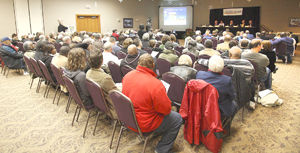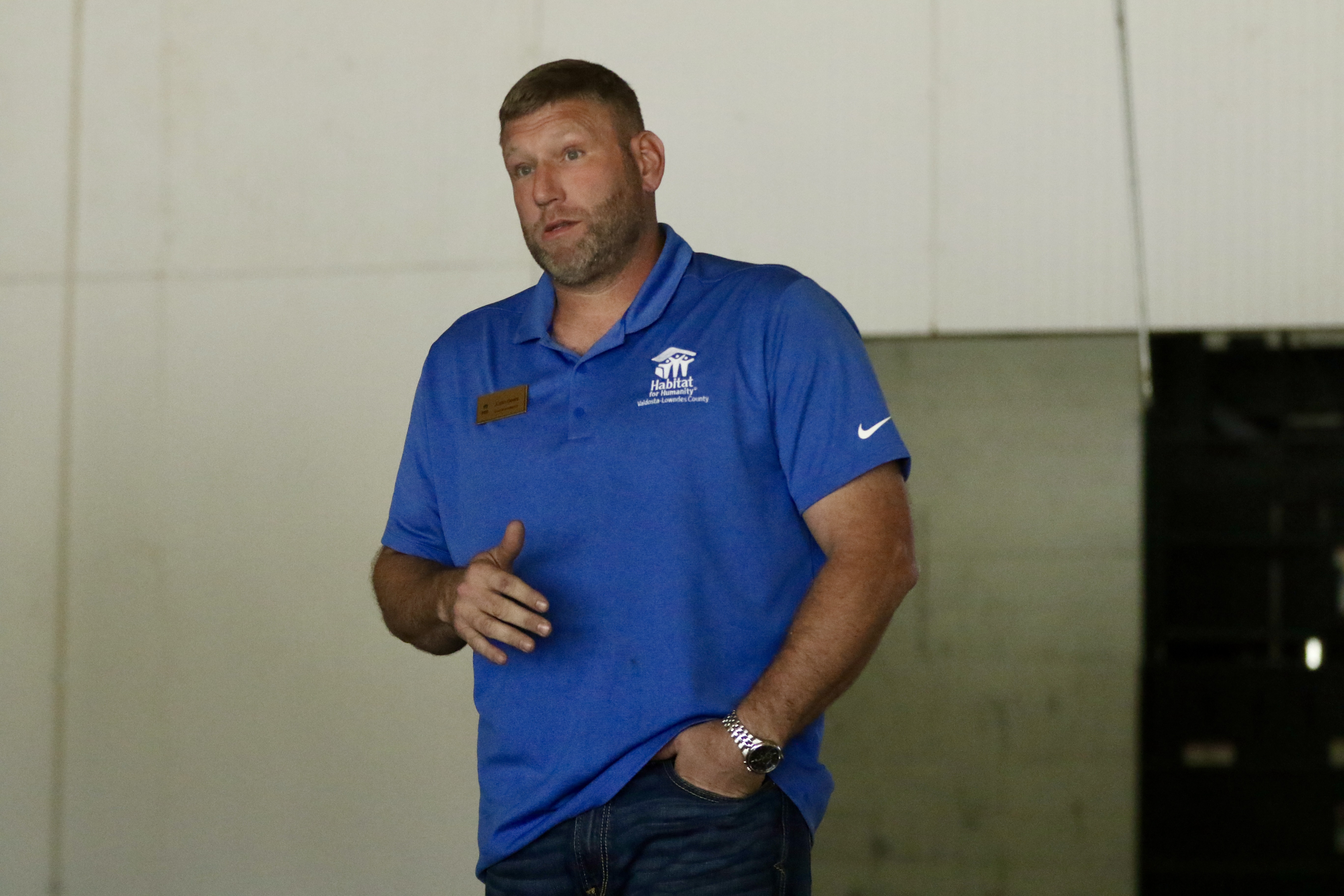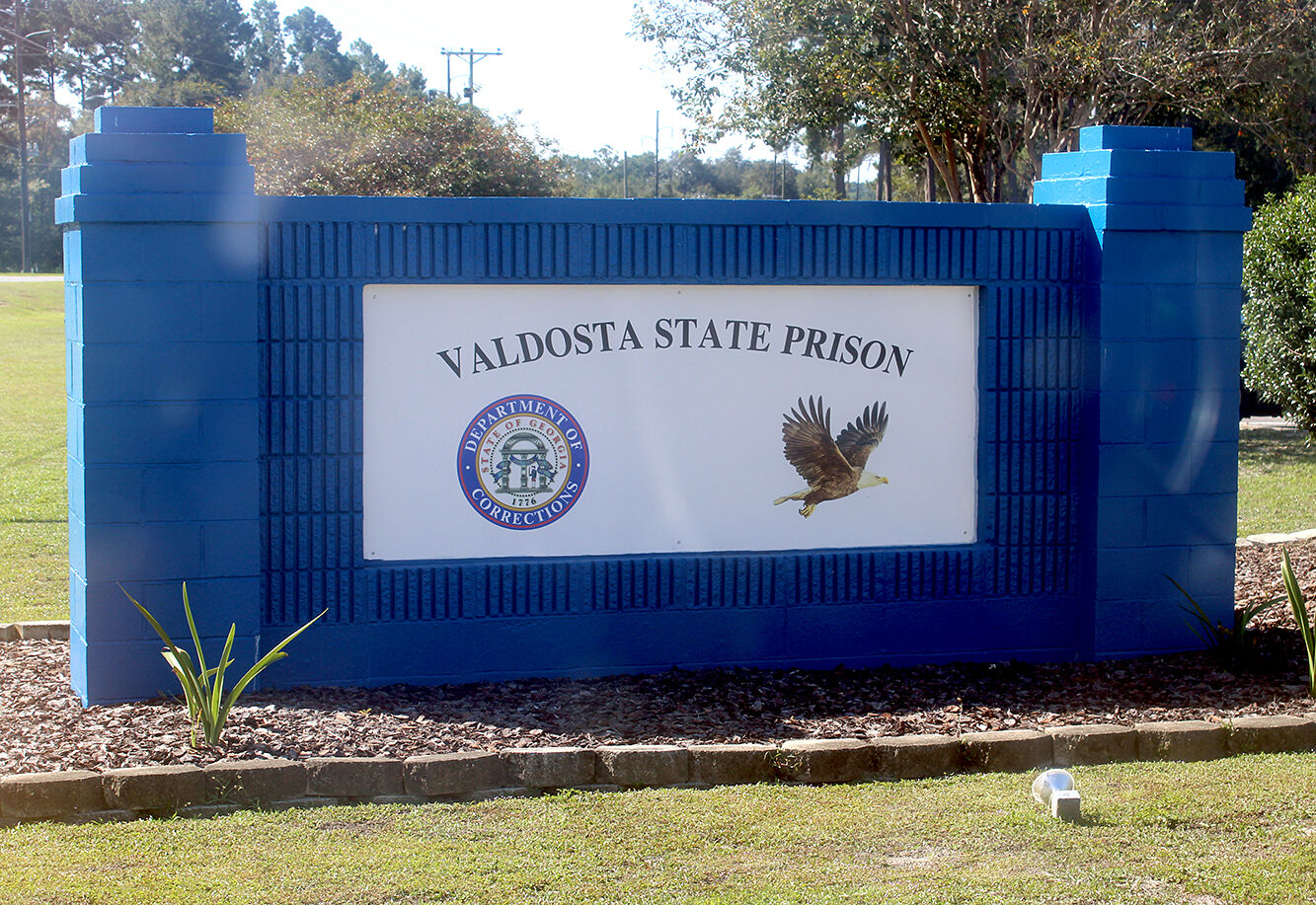Report on funds spent by Industrial Authority during biomass conference
Published 8:00 am Thursday, February 24, 2011

- In this December 2010 file photo, the room at the James H. Rainwater Conference Center was full for the Valdosta-Lowndes County Industrial Authority's Wiregrass Power, LLC Biomass Electric Generating Plant, as they exchange and discuss information.
An open records request led to the Valdosta-Lowndes County Industrial Authority (VLCIA) publicly releasing the detailed costs associated with hosting a panel discussion to answer questions about the Wiregrass biomass plant at the Rainwater Conference Center on Dec. 6, 2010.
The total cost for the event was $17,534.36. This cost includes travel for the panelists, hotel stay, renting the conference center and compensation for participation and preparation for the presentation. The event was provided by the authority as a way to address citizen concerns that have been raised over the proposed project and also to allow citizens to ask the panelists direct questions.
“The total amount of investment the Authority has made in due diligence for this project will be approximately $115,000. But when you look at the economic impact study and see how much is going to be returned into our community which is about $110 million and over 250 jobs, we think it’s a great investment,” said Allan Ricketts, VLCIA project manager.
Dr. Christopher Teaf, president and director of Toxicology Hazardous Substance and Waste Management Research, Inc. was the most expensive panelist, costing the VLCIA $6,330.75. Itemization of services included a Senior Toxicologist rated at $205 for 19.75 hours for a total of $4,048.75 and a Senior Project Scientist at $105 for 21 hours at a total of $2,205. Travel Expenses were $77.
Some of the charges included calls with Ricketts, the review of permit applications and air permit, the confirmation of dioxin, mercury and particulate calculations and slide preparations.
Stan Parton, president of The Parton Group, Inc. who focused on the forestry and fuel supply of the plant, charged $3,242 for his services. According to the receipt, the group gave the VLCIA a reduced rate from their usual $250 per hour to $188.
Services provided by the Parton Group included round trip driving to and from Valdosta at eight hours, and preparation of the presentation and participation in the presentation at eight hours.
Ferman Milster, associate utility director at the University of Iowa, charged the VLCIA $1,313.41 for his participation in the event.
Milster presented information relating to his own experience managing and operating the biomass facility at the University of Iowa.
Dr. Clifford Lipscomb, director of Economic Research for Greenfield Advisors, LLC charged the VLCIA $4,681.55 for his services. Lipscomb discussed the community and regional economic impact and property value for the biomass project.
According to Ricketts, Gilbert Waldman, vice president and general manager of Sterling Energy Assets, Inc, the company building the biomass plant, appeared at no cost to taxpayers.
Also, Robert C. McCann, Jr., principle and director of Air Resources Golder Associates, Inc. was paid for by Sterling Energy Assets, Inc.
Total costs for renting the Rainwater Conference Center and providing food at the event were $1,367.85. Lodging for guests at the Hampton Inn cost a total of $499.
“These costs included renting the center and providing refreshments. We view these costs as due diligence because they relate directly to our community. We need to make sure that a project is a good fit for our community and that it won’t do harm to our community,” said Ricketts.
“You would want to insure that you going provide the best information available – they are the most qualified professionals you can find. You’d expect to pay them and they expect to be paid for their services.”
According to Ricketts, the panel discussion was a culmination of public outreach that began in March of 2009.
“We have done these kinds of discussions with a number of our projects, depending on the size and scope of the project, but also depending on local citizen impact. You would perform due diligence on all of your projects but some projects require different levels or types of community outreach,” said Ricketts.





